Installing a swimming pool in your backyard is an exciting decision, especially when imagining the parties, fun, and relaxing days you will have. However, the actual construction of your swimming pool is not an easy task to say the least. There are several things to consider like planning the proper location, space, and surrounding landscaping. Trees and their roots, in particular, can impact the overall construction of your swimming pool and yard.
Moreover, the presence of trees near your swimming pool might require you to do a lot more work in terms of cleaning and maintenance. That’s why you might find it necessary to remove some trees and their roots before the construction of your swimming pool. Whether you are deciding to get rid of all of the trees or keep some of them, you need to understand how trees can affect and harm the construction of your swimming pool.
Can Tree Roots Affect the Structure of my Swimming Pool?
There are a number of reasons why you should not install your swimming pool near trees. Tree roots, in particular, can cause extensive damage to the construction of your swimming pool area. However, if you’re wondering if tree roots can cause damage to the overall structure of your swimming pool, the answer usually depends on the type of in-ground pool you’re considering.
It’s important to note that there are generally three basic types of in-ground pools in terms of materials used namely, vinyl-lined, concrete, and fiberglass pools. Installing a vinyl-lined pool near trees is typically not recommended since tree roots may puncture or grow into the pool itself. In contrast, concrete and fiberglass pools will usually have no problems at all with long-term root growth.
Still, regardless of the type of pool you’re dealing with, you might run into other problems that will eventually lead you to seek a tree removal service. This may involve the long-term structure of your pool plumbing, surrounding patio, or deck since invasive root growth can also cause uneven surfaces, cracks, leaks and other damages to such areas.
Other Benefits of Tree Removal
Apart from preventing structural damage and clearing up the space needed for your pool area, tree removal can also give you and your property other benefits such as clearer space, improved curb appeal, and pest removal.
Removing dying or dead trees near your pool area, for instance, will help prevent any damage done to your pool, power lines, roof, or other properties. It will also help you prevent any potentially harmful experiences to your family and guests.
Should I Remove All Trees That Are Near My Pool?
Many homeowners will find it reassuring to remove as many trees as possible near their swimming pool area. While this seems like a great idea at first, it’s not always the most cost-efficient option you have when it comes to preventing long-term structural damage and leaf droppage. You might want to look into the opinions of experts first before you decide if a tree needs to be removed. You can generally get a tree service company to assess your situation, the health of your trees, and how their roots stretch through your yard.
For starters, professionals will often recommend that the placement or edge of your swimming pool should at least be 15 feet away from the tree bases. Moreover, it’s also important to keep in mind that some trees have more opportunistic root systems than others so make sure to do a little research on the trees and plants you already have in your backyard.
Trees that drop fruits, seeds, and nuts should not be planted or placed near your pool since they usually require a more frequent cleaning. Although some trees can definitely damage your pool area, there are certain kinds of trees and plants that you can still have next to your patio or pool. Trees such as Acacia, Banana, Citrus, Holly, and Windmill Palms are some of the best pool-friendly trees to plant around your swimming pool.
Can I Still Remove a Tree After My Pool Is Installed?
Tree removal is often necessary before a pool construction takes place. However, there are some instances wherein tree removal is also necessary after a pool installation. As a matter of fact, some homeowners experience major problems with their swimming pool or pool plumbing after a few years or so. Ideally, you should address any problems regarding tree roots as soon as possible since repairs and damages can be very expensive if your problem continues to go unnoticed.
Having said that, removing trees before the swimming pool construction takes place is usually easier and more inexpensive. This is due to the fact that professionals will need to work around the pool if it’s already installed. Considering that you might also risk some damage to your pool area, a tree removal after pool installation should be your last resort when it comes to resolving your concerns.
Can Tree Stumps Cause Damage To My Pool Area?
A tree stump should also be removed completely if it’s near your pool or patio. This is because a tree stump will slowly decay over time and leave out a void in the ground, causing major problems to your pool area. It’s important to consider stump removal especially if you have leafy garden near it since the decaying of the stump may attract damaging pests such as termites or carpenter ants.
Stump removal will also give you some extra room to work with if you’re thinking about new ideas for your landscape. Having said that, if you’re having some kind of trouble knowing how to remove the tree stumps that are in your backyard, it’s always a great idea to talk to a professional about it since stump removal isn’t always an easy task do on your own.
Since trees can complicate the construction and landscaping of your swimming pool area, tree removal is often an essential process to consider especially if you’re really concerned about the long-term effects of the trees that are near the position of your pool.
Still, if you have other certain questions or concerns in mind, make sure to contact a reliable tree removal service near your local area. On the other hand, don’t forget to also share your concerns to your pool builder or contractor with regards to the construction of your swimming pool.

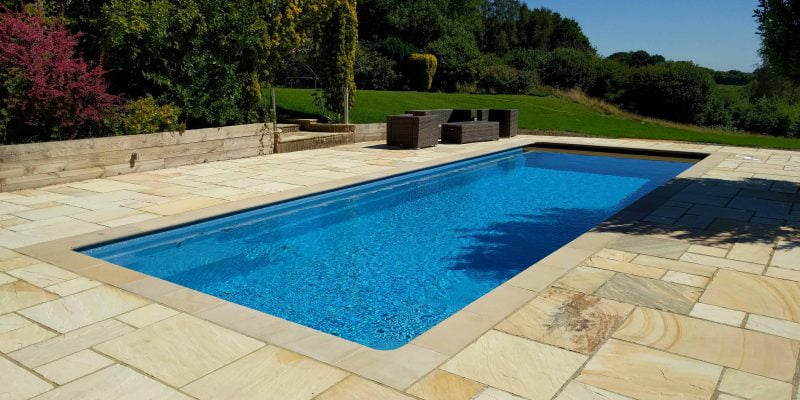
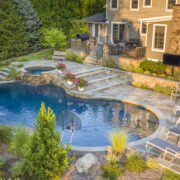

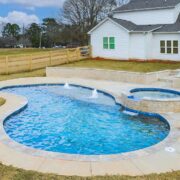

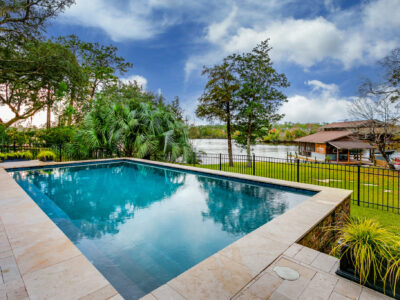

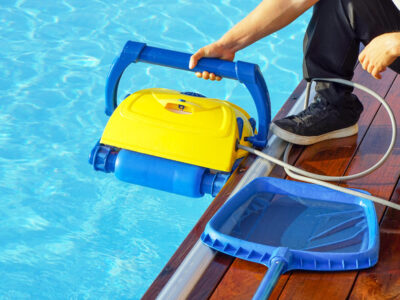
Comments